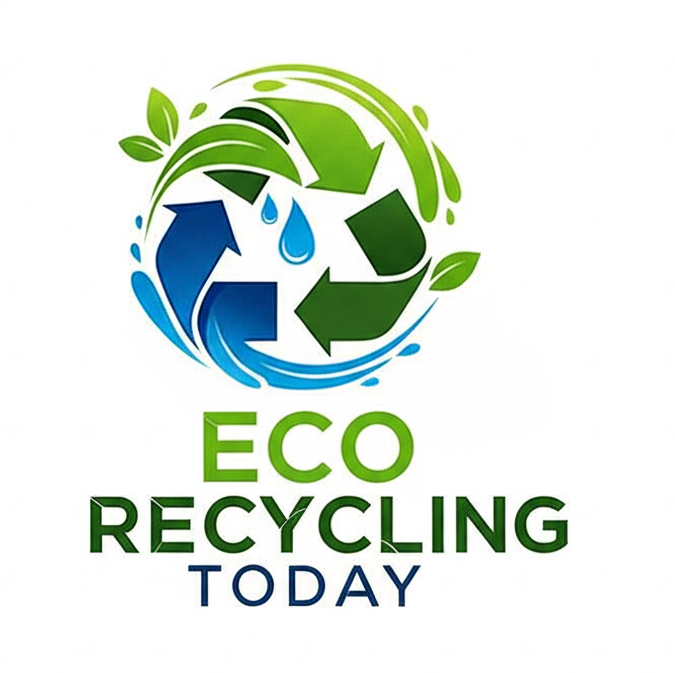In today’s eco-conscious world, more people are striving for a zero-waste lifestyle—a way of living that minimizes waste sent to landfills by reusing, recycling, and composting. While adopting this lifestyle requires a mindset shift, one of the simplest yet most powerful tools to get started is the right recycling bin.
A thoughtfully chosen recycling bin can significantly improve how you sort, store, and manage waste. In this guide, we’ll show you how the right recycling bin can help reduce your environmental impact and support a more sustainable home.

What Is a Zero-Waste Lifestyle?
A zero-waste lifestyle focuses on minimizing waste by reusing materials, composting organic waste, and recycling what can’t be reused. The goal is to send as little waste to landfills as possible.
Key pillars of the zero-waste movement include:
- Refuse what you don’t need
- Reduce what you do use
- Reuse what you can
- Recycle what you can’t reuse
- Rot (compost) the rest
The right recycling bin supports the “Recycle” step by making it easier and more efficient to divert materials from the trash.
Why Your Recycling Bin Choice Matters
Choosing the right recycling bin isn't just about aesthetics—it's about functionality and habit-building. A poorly designed bin can lead to:
- Incorrect sorting
- Overflowing or smelly containers
- Low recycling rates in the household
On the other hand, a well-designed bin encourages daily recycling, keeps your space organized, and aligns with your sustainable goals.
Features to Look for in a Zero-Waste-Friendly Recycling Bin
Multiple Compartments
Look for a multi-bin system that allows you to sort materials at the source. For example:
- Paper & cardboard
- Plastic & metal
- Glass
- Compost/organic waste
Sorting at home prevents contamination and increases the chances your materials are actually recycled.
Clear Labels and Color Coding
Label each bin or compartment with symbols, color codes, or words to avoid confusion. This is especially helpful for households with kids or guests.
Example color codes:
- Blue = Paper
- Green = Glass
- Yellow = Plastic/Metal
- Brown = Compost
Right Size for Your Lifestyle
- Small spaces: Choose stackable or under-the-sink bins.
- Large families: Go for bins with 40+ liters per compartment.
- On-the-go lifestyles: Consider portable bins or car organizers for recyclables.
Getting the size right prevents overflows and promotes regular emptying.
Durable, Sustainable Materials
Eco-conscious consumers often choose bins made from:
- Recycled plastic
- Stainless steel (for longevity)
- Bamboo or wood (for aesthetics and renewability)
Make sure your bin is built to last—frequent replacement contributes to waste.
Compost Compatibility
To go truly zero-waste, integrate a compost bin into your system. This allows you to divert food scraps, coffee grounds, and yard waste from the landfill.
You can use:
- Indoor countertop compost bins
- Outdoor tumblers or bins
- Local compost drop-off services
Tips to Maximize Your Recycling Bin's Impact
- Empty Regularly: Don’t let recycling pile up. Make recycling a part of your weekly routine.
- Rinse Before Tossing: Clean containers reduce contamination.
- Avoid “Wish-Cycling”: If you're unsure an item is recyclable, check with your local program. Don’t guess.
- Track Your Waste: Periodically review your trash to see what could be avoided or recycled.
Bonus: Bins That Support a Zero-Waste Lifestyle
Here are some popular and effective recycling bin systems for zero-waste living:
- Joseph Joseph Totem: All-in-one multi-compartment bin with removable liners
- Simplehuman Recycler Bins: Stylish, dual compartments with durable stainless steel
- iTouchless Sensor Bin: Hands-free with separate waste and recycling areas
- Bamboozle Compost Bin: Sustainable and odor-free option for kitchen scraps
Transitioning to a zero-waste lifestyle doesn’t have to be overwhelming. By simply investing in the right recycling bin, you lay the foundation for more sustainable habits that benefit your household and the planet.
